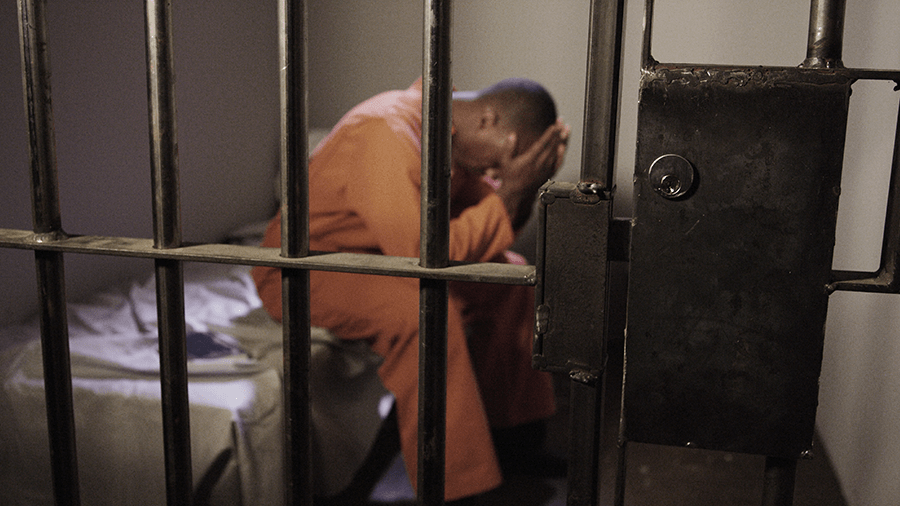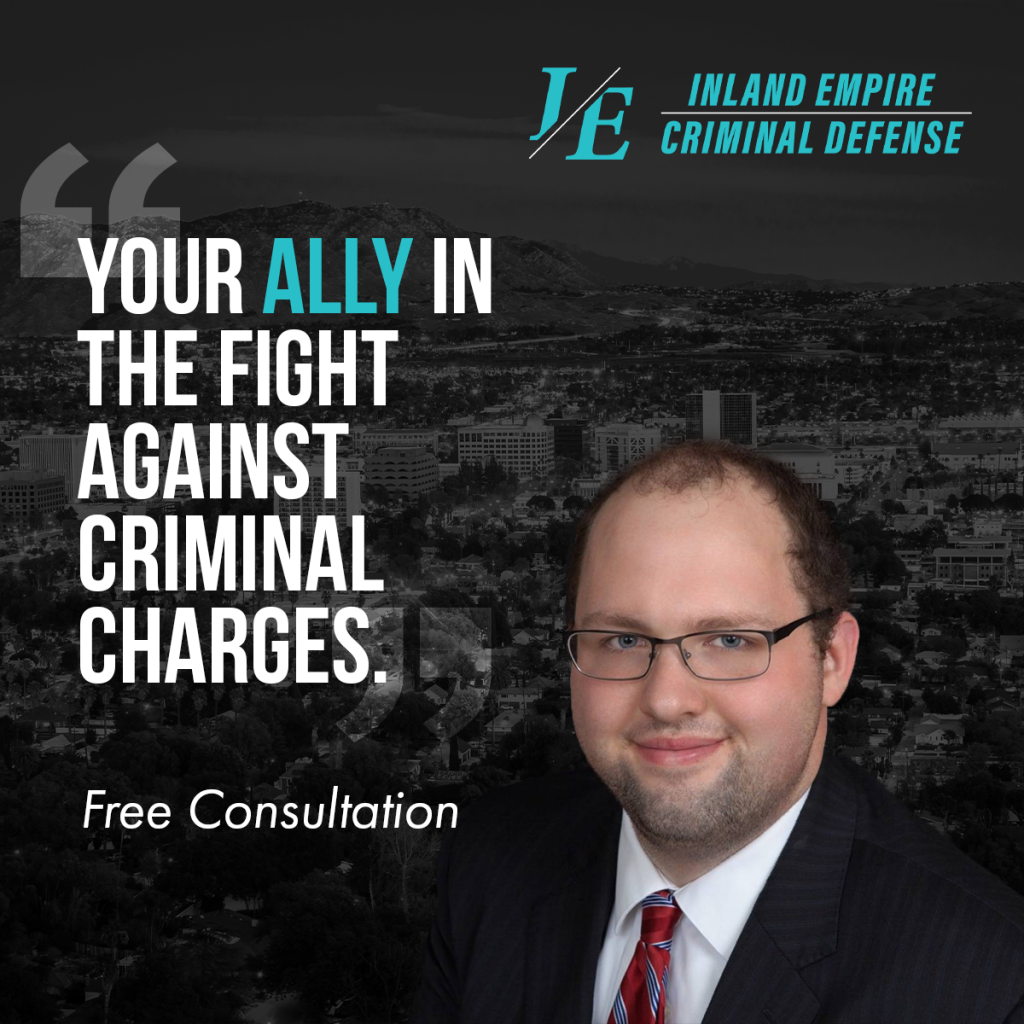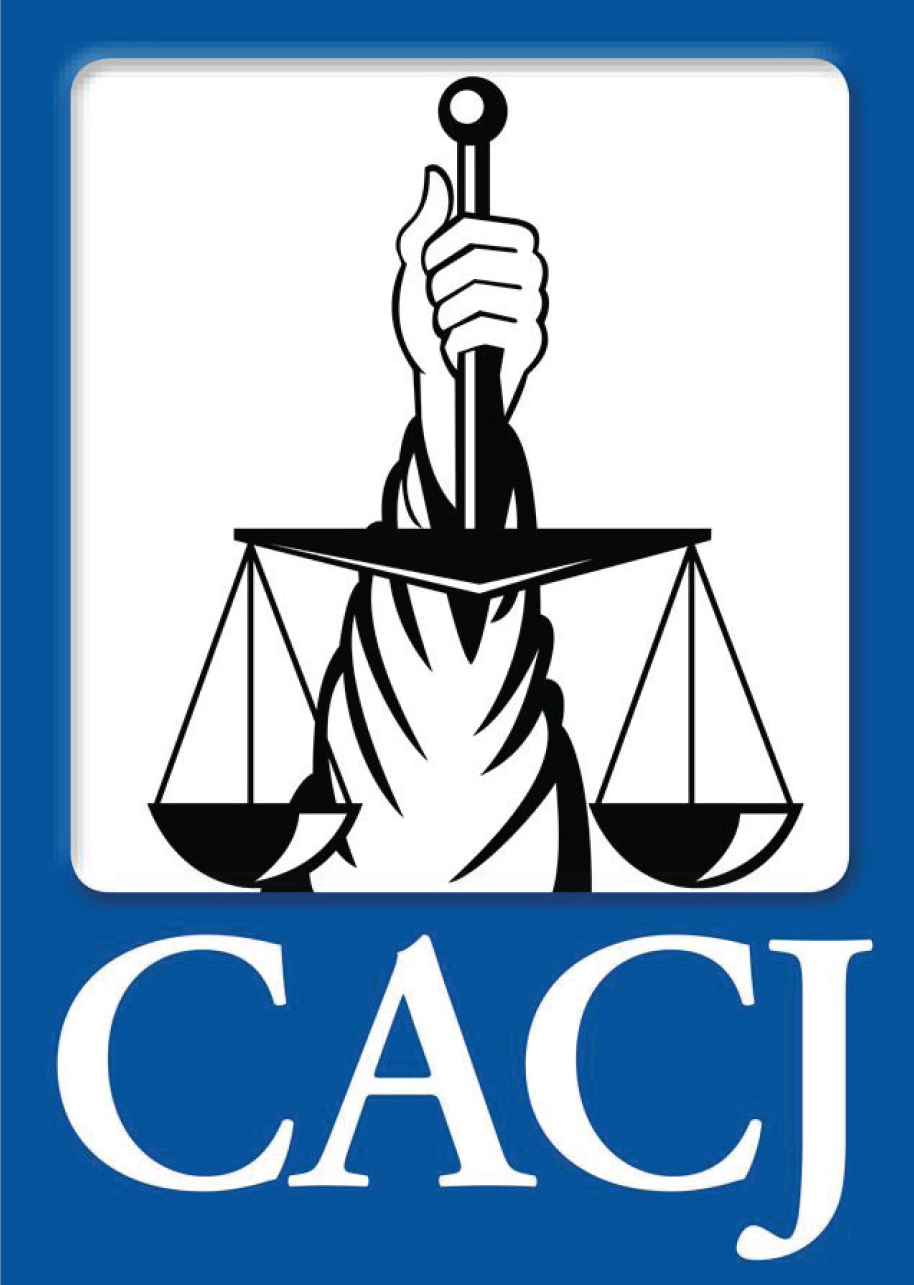Penal Code 667.61: California’s One Strike Sex Laws (PC 667.61) in California

PC 667.61: California’s One Strike Sex Laws
Legal Definition: (a) Except as provided in subdivision (j), (l), or (m), any person who is convicted of an offense specified in subdivision (c) under one or more of the circumstances specified in subdivision (d) or under two or more of the circumstances specified in subdivision (e) shall be punished by imprisonment in the state prison for 25 years to life.
(b) Except as provided in subdivision (a), (j), (l), or (m), any person who is convicted of an offense specified in subdivision (c) under one of the circumstances specified in subdivision (e) shall be punished by imprisonment in the state prison for 15 years to life.
What does this mean, and what crimes are considered “One Strike” crimes in California?
This section applies to crimes that have what is called “aggravating factors”, that make the underlying charge, a much more serious charge. Some aggravating factors could be that there is more than one victim of the sex crime, the victim was kidnapped, you tied up or administered a controlled substance to a victim, you inflicted bodily harm on the victim or you used a dangerous weapon during the crime.
Crimes that fall under California’s One Strike Law are:
- PC 288 – Lewd Acts on a Minor
- PC 288.5 – Continuous Sexual Abuse of a Minor
- PC 287 – Oral Copulation
- PC 261 – Rape
- PC 262 – Spousal Rape
- PC 286 – Sodomy
- PC 289 – Sexual Penetration
- PC 264.1 – Rape in Concert
Penalties
If you have an additional allegation under PC 661.61 added to your charge, you could be facing 15 to 25 years to life in State Prison. Whether your maximum exposure is 15 years to life or 25 years to life, depends on the specific charges you are facing, and what aggravating factors apply to your specific section.
The best way to understand how this allegation works is in an example. PC 288(a), is a crime where you could be punished for up to 3, 6, or 8 years in a State Prison. However, if there is more than one victim involved in that crime, meaning more than one victim, and therefore multiple charges, your exposure changes drastically. Under PC 667.61(e)(4), it states: “(4) The defendant has been convicted in the present case or cases of committing an offense specified in subdivision (c) against more than one victim.”
Here, if there is more than one victim, PC 667.61 indicates that your maximum exposure changes from being the triad of 3-6-8 years in a State Prison, into 15 years to life in State Prison. As can be seen here, if an aggravating factor is found, your case goes from a long prison stay, to an indefinite stay. You would be required to serve at least 80% of that time in custody.
An easy way to try to understand how high your possible exposure is whether you are charged with one of the eight crimes above and if under PC 667.61 your case follows under subjection (d) or (e). If your charge has an aggravating factor under PC 667.61(d), your exposure is 25 years to life. If your charge has an aggravating factor under PC 667.61(e), your exposure is 15 years to life.PC 667.61(d):
(d)The following circumstances shall apply to the offenses specified in subdivision (c):
(1) The defendant has been previously convicted of an offense specified in subdivision (c), including an offense committed in another jurisdiction that includes all of the elements of an offense specified in subdivision (c).
(2) The defendant kidnapped the victim of the present offense and the movement of the victim substantially increased the risk of harm to the victim over and above that level of risk necessarily inherent in the underlying offense in subdivision (c).
(3) The defendant inflicted aggravated mayhem or torture on the victim or another person in the commission of the present offense in violation of Section 205 or 206.
(4) The defendant committed the present offense during the commission of a burglary of the first degree, as defined in subdivision (a) of Section 460, with intent to commit an offense specified in subdivision (c).
(5) The defendant committed the present offense in violation of Section 264.1, subdivision (d) of Section 286, or subdivision (d) of Section 287 or former Section 288a, and, in the commission of that offense, any person committed any act described in paragraph (2), (3), or (4) of this subdivision.
(6) The defendant personally inflicted great bodily injury on the victim or another person in the commission of the present offense in violation of Section 12022.53, 12022.7, or 12022.8.
(7) The defendant personally inflicted bodily harm on the victim who was under 14 years of age.
PC 667.61(e):
(e)The following circumstances shall apply to the offenses specified in subdivision (c):
(1) Except as provided in paragraph (2) of subdivision (d), the defendant kidnapped the victim of the present offense in violation of Section 207, 209, or 209.5.
(2) Except as provided in paragraph (4) of subdivision (d), the defendant committed the present offense during the commission of a burglary in violation of Section 459.
(3) The defendant personally used a dangerous or deadly weapon or a firearm in the commission of the present offense in violation of Section 12022, 12022.3, 12022.5, or 12022.53.
(4) The defendant has been convicted in the present case or cases of committing an offense specified in subdivision (c) against more than one victim.
(5) The defendant engaged in the tying or binding of the victim or another person in the commission of the present offense.
(6) The defendant administered a controlled substance to the victim in the commission of the present offense in violation of Section 12022.75.
(7) The defendant committed the present offense in violation of Section 264.1, subdivision (d) of Section 286, or subdivision (d) of Section 287 or former Section 288a, and, in the commission of that offense, any person committed any act described in paragraph (1), (2), (3), (5), or (6) of this subdivision or paragraph (6) of subdivision (d).
Common Defenses
- Statute of Limitations
- Insufficient Evidence
- Violation of Rights
- Coerced Confessions
- False Accusations
Because this is an allegation, on top of your underlying criminal case, the same defenses apply to your case. For example, if you are able to show that the minor in a PC 288(a) case, is over the age of 14 when the Lewd Act happened, then you would be able to show that there is insufficient evidence to prove you guilty of that crime. That defense, among others listed, attack the underlying charge, but to attack the enhancement/allegation, you have to attack those in different ways.
For example, in the above example regarding multiple victims under a PC 288(a), if you are able to show that of the two victims, one of the victims is lying, then the enhancement falls off. In that scenario, you would be able to argue that even if you may be guilty of the PC 288(a), if there is only one victim, you fall back to the original, underlying offense in terms of your maximum exposure. The 15 years to life enhancement would thereafter, fall off.
So, in other words, you can defend that your case does not involve a listed aggravating factor as listed above, or, that the underlying crime did not happen. If the underlying crime is shown to have never occurred, then the aggravating factors under PC 667.61 also fall off. Many sex charges can come from false accusations, whereas a person blames you for a sex crime, in order to gain an advantage in a possible family law case, to get you out of your home, or as revenge because the child was mad at you for parenting them too strictly. This can be exposed through changing victim stories, as well as inconsistencies with their story over each time they are interviewed by police, CPS, or their parents/teachers/doctors who initially hear the allegation.
Call Today
This enhancement, when added to you or your loved one’s case, makes your case the most serious it can possibly be. It becomes a case where you could be looking at the rest of your life in prison. But there are many defenses and angles your attorney can attack, in order to help you gain our freedom again. As serious as these charges can be, it is important to find an attorney knowledgeable and comfortable with handling such serious Sex Crimes, it may mean the difference between an acquittal, a reduced charge, or life in prison. Our PC 667.61 Ontario attorney has successfully defended many serious sex charges under PC 667.61 throughout the Inland Empire. The initial consultation is free and we are available to answer your questions 24/7. Call the Inland Empire Criminal Defense today at 909-939-7126! Located in Ontario, CA.
Frequently Asked Questions
Absolutely, Inland Empire Criminal Defense prioritizes your privacy and confidentiality. Every consultation with our attorney is conducted with the utmost discretion, ensuring your information remains secure and private.
Yes, understanding the financial pressures that can come with legal representation, our attorney offers flexible payment plans. This approach ensures that quality legal defense is accessible for all our clients in Riverside, San Bernardino, and Los Angeles Counties.
Yes, Inland Empire Criminal Defense offers free consultations. This is part of our commitment to providing accessible and transparent legal services to residents of Riverside, San Bernardino, and Los Angeles Counties.
We offer both in-person and over-the-phone consultations to accommodate your preferences and needs. Whether you’re in Riverside, San Bernardino, or Los Angeles County, we ensure that you can access our legal services in the way that suits you best.
Our office is typically closed on weekends. However, we do make exceptions for meetings by special arrangement. Our commitment is to be as accommodating as possible to meet the unique needs of our clients in Riverside, San Bernardino, and Los Angeles Counties.
Our legal services are specifically tailored to residents of Riverside, San Bernardino, and Los Angeles Counties. For cases outside these areas, we recommend consulting avvo.com to find appropriate legal assistance. Our focused approach allows us to provide specialized defense catering to the unique legal landscape of these counties.












